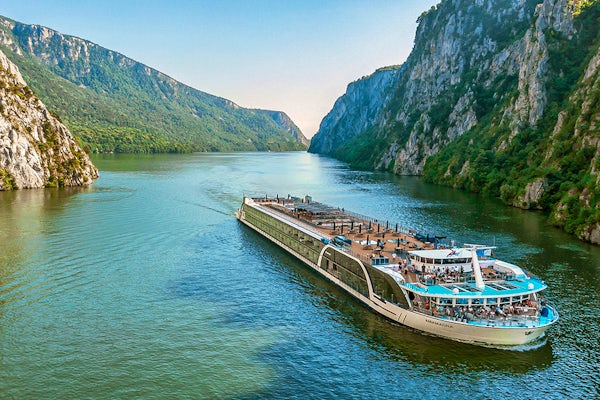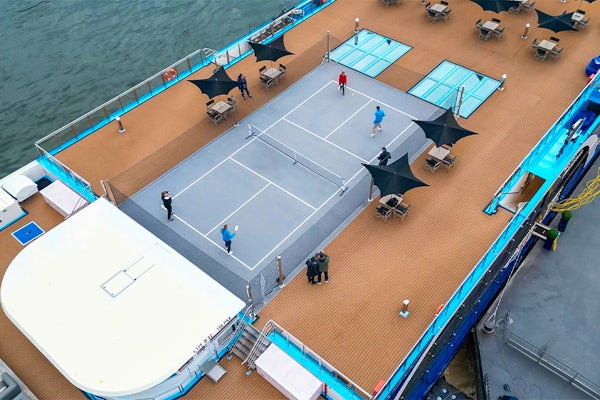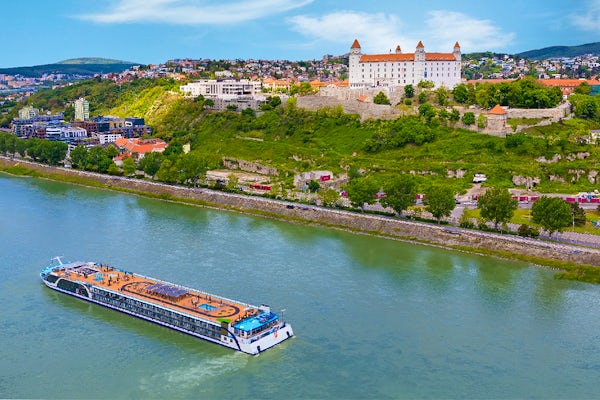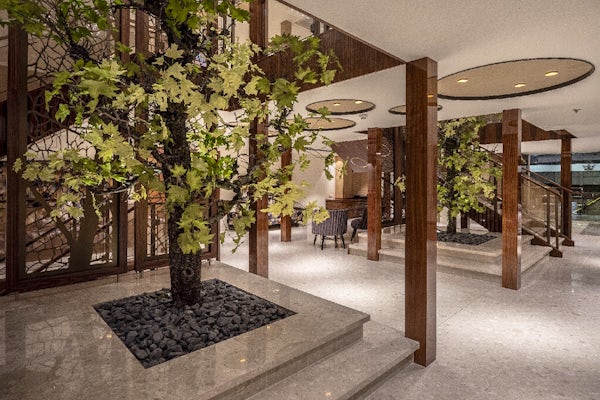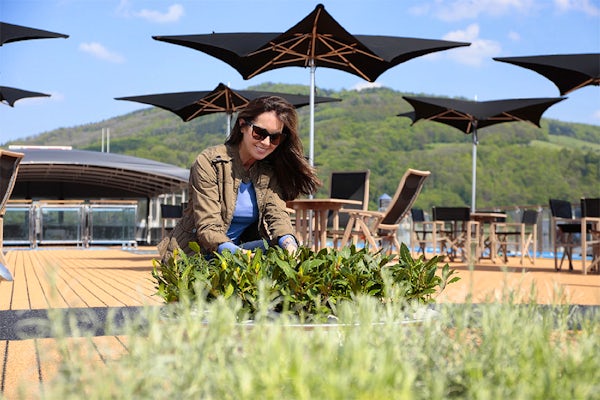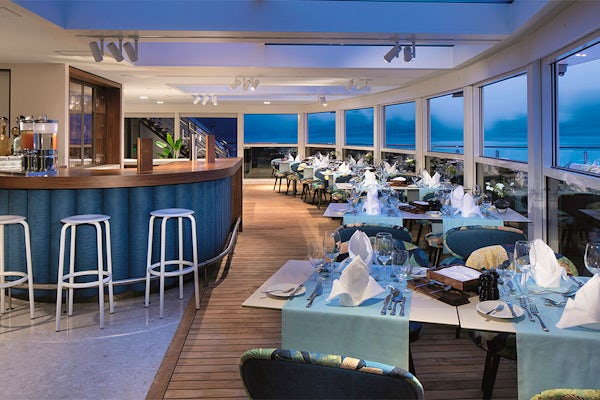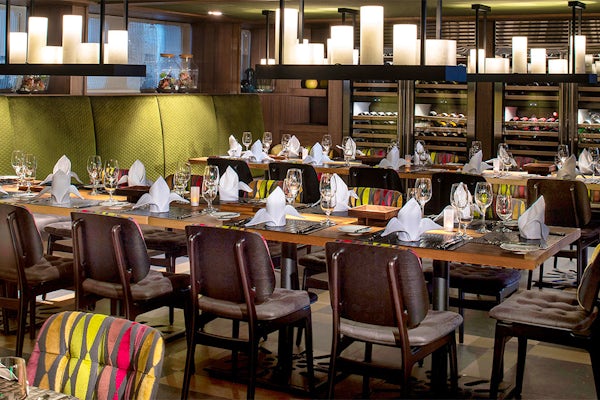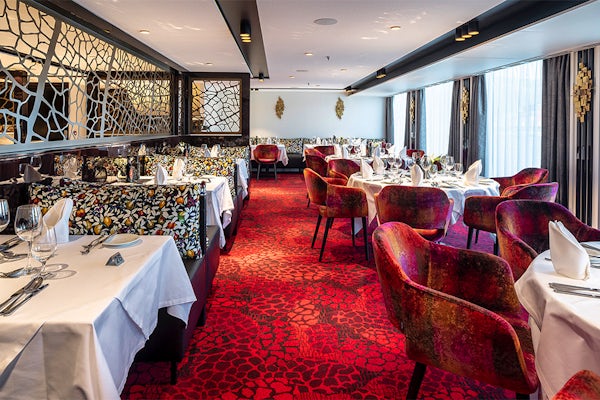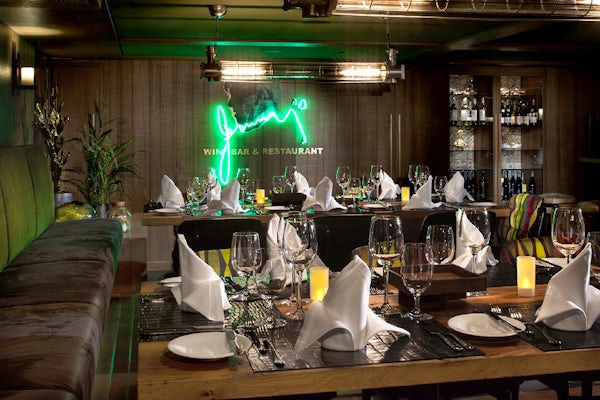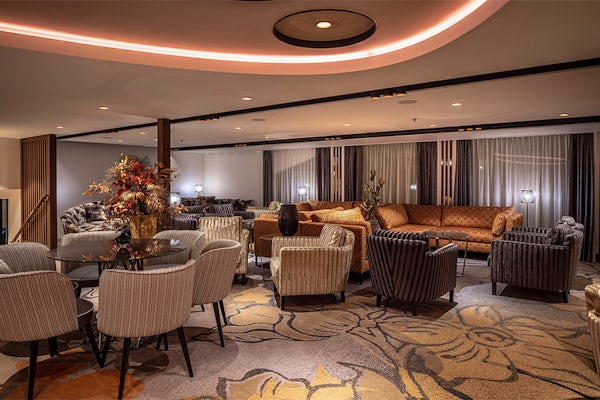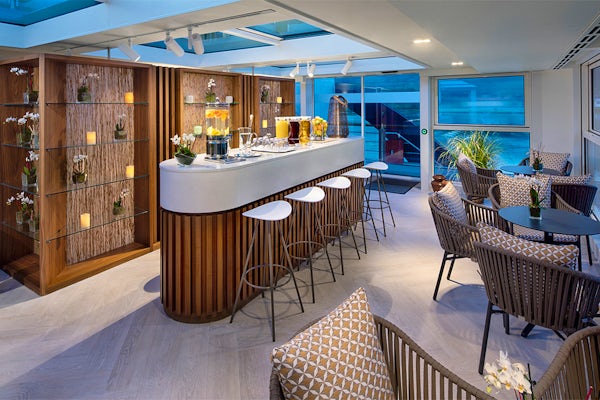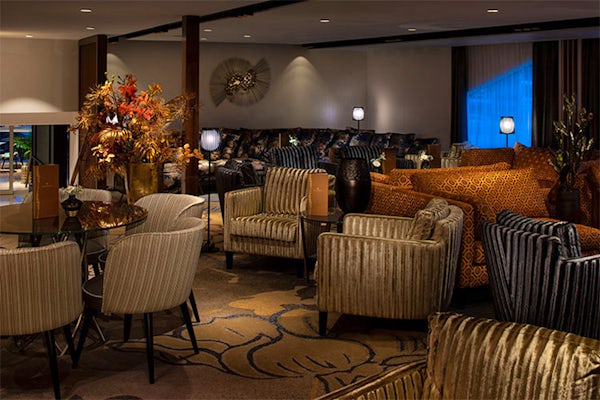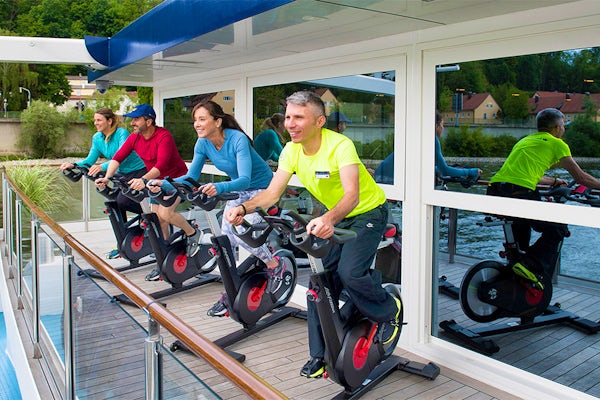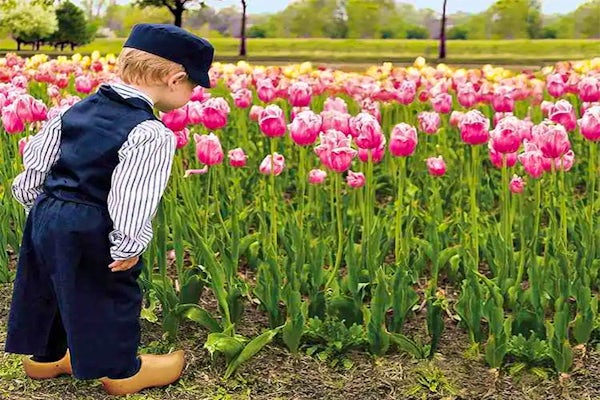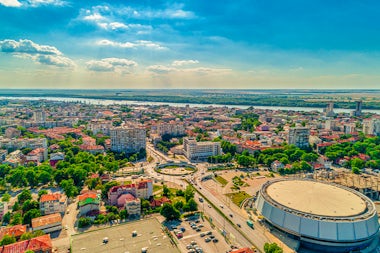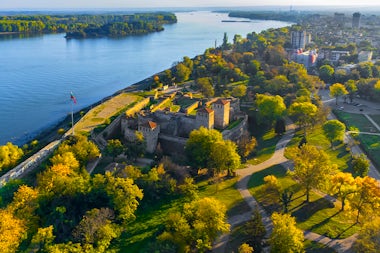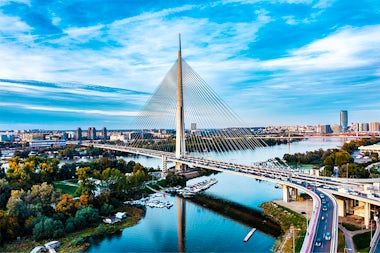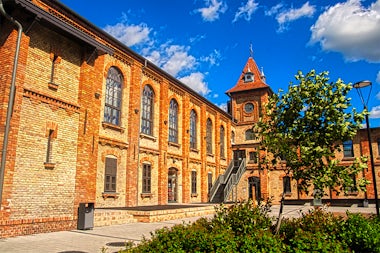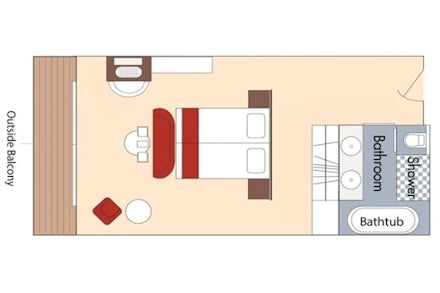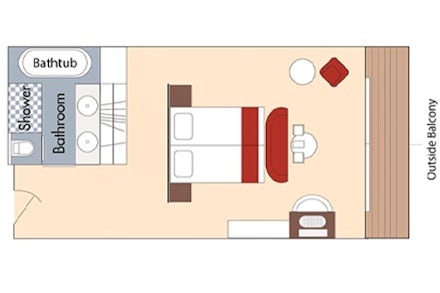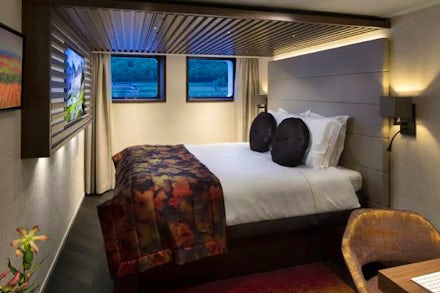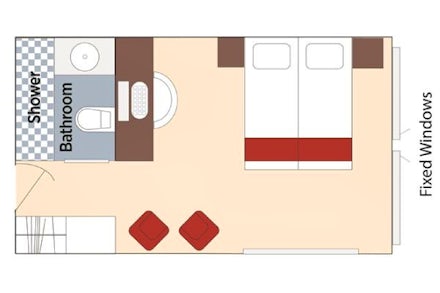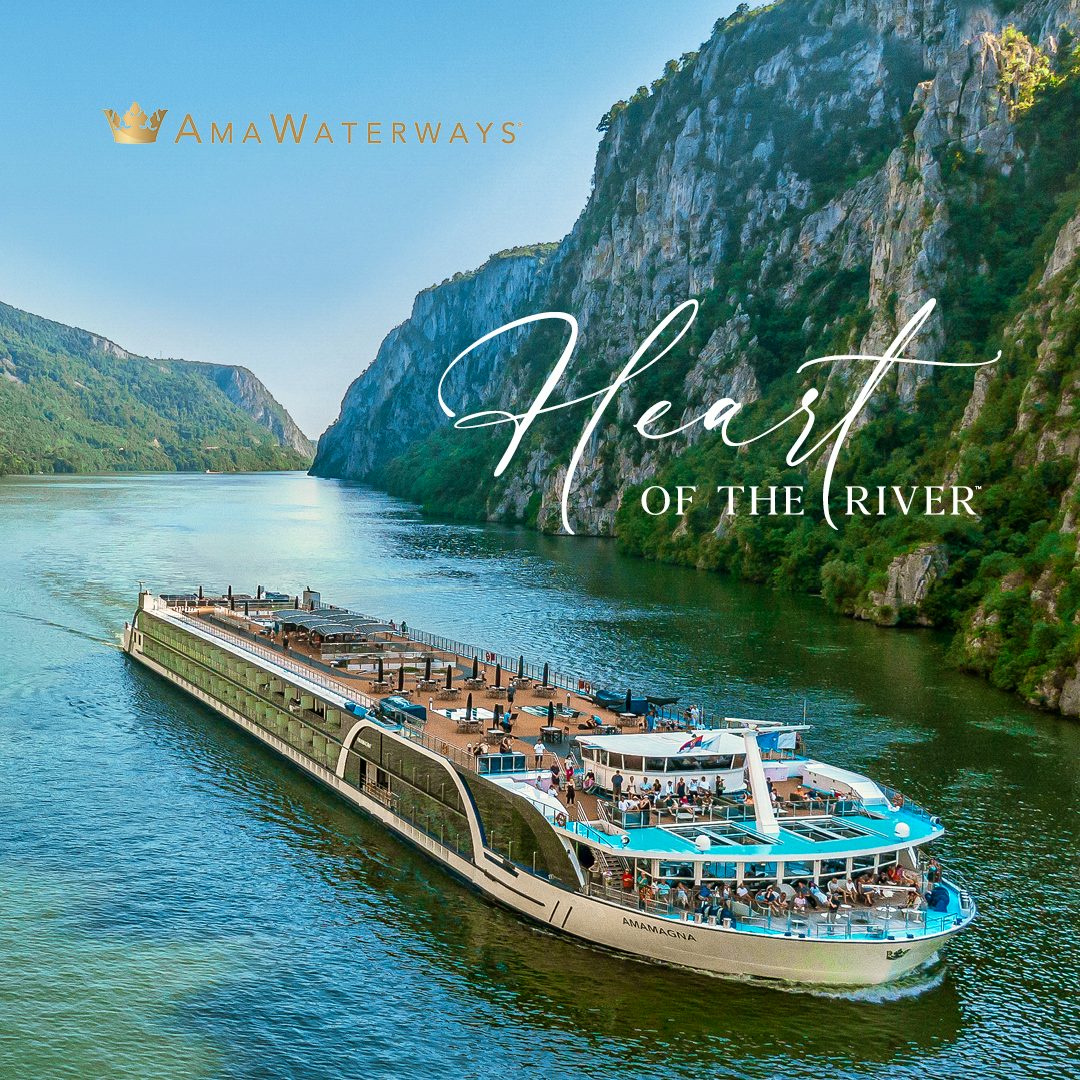| 1 |
Sunday, November 23, 2025 |
Giurgiu, Romania |
Embark |
|

Giurgiu, 65 km south of Bucharest, is the capital city of Giurgiu County, Romania. It is situated amid mud-flats and marshes on the left bank of the Danube facing the Bulgarian city of Rousse on the opposite bank. Three small islands face the city, and a larger one shelters its port, Smarda. Read more about Giurgiu, Romania
|
| 2 |
Monday, November 24, 2025 |
Rousse, Bulgaria |
|
|

Rousse - aka Ruse, Russe - in NE Bulgaria lies on the right bank of the Danube River, opposite the Romanian city of Giurgiu. An important cultural, commercial and industrial centre, it is often called Little Vienna as it has become the most important Bulgarian river port. With more than 290 monuments and its preserved buildings from the end of 19th and the beginning of 20th centuries, it is also ‘easy visiting’ as most of the sights, such as the old city that constitutes the square around the city’s Historical Museum, are located in the centre of the city. Read more about Rousse, Bulgaria
|
| 3 |
Tuesday, November 25, 2025 |
Vidin, Bulgaria |
|
|

Vidin is a port town on the southern bank of the Danube River in NW Bulgaria. Renowned for its availability of mineral water, it is also one of the oldest towns along the Bulgarian Danube Bank, and is a starting point for excursions along the Danube. An agricultural and trade centre, Vidin has a fertile hinterland renowned for its wines. Read more about Vidin, Bulgaria
|
| 4 |
Wednesday, November 26, 2025 |
Iron Gate, Romania |
|
|

The Iron Gate is principally applied to the last gorge of the Djerdap gorge system on the River Danube, and forming part of the boundary between Serbia and Romania. In the broad sense the name Iron Gate encompasses the whole 145 km long gorge system. The flora and fauna, as well as the geomorphological, archaeological and cultural artefacts of the Iron Gate have been under protection from both nations since the river’s dam construction. Read more about Iron Gate, Romania
|
| 5 |
Thursday, November 27, 2025 |
Belgrade, Serbia |
|
|

Belgrade is the capital and largest city of Serbia, lying on two international waterways at the junction of the Sava and Danube rivers. Here is found the statue of Pobednik (Winner), one of the symbols of Belgrade. It is also the second largest city on the Danube River and is one of the oldest cities in Europe. Read more about Belgrade, Serbia
|
| 6 |
Friday, November 28, 2025 |
Novi Sad, Serbia |
|
|

Novi Sad, Serbia's second largest city after Belgrade, is located on the border of the Backa and Srem regions, on the banks of the Danube river between Budapest and Belgrade. Founded in 1694, Novi Sad is a treasured regional and cultural centre and has earned its nickname ‘Serbian Athens’. Second only to Belgrade, Novi Sad is a major cultural centre and a growing venue for numerous cultural events and music concerts. Read more about Novi Sad, Serbia
|
| 7 |
Saturday, November 29, 2025 |
Mohacs, Hungary |
|
|

Mohacs is a Hungarian town in the SE part of Baranya County, on both sides of the river Danube. It is possibly best known for its Buso Carnival originating from Turkish times, which lasts for six days, when locals bury the winter and party before the start of Lent. Also of great interest are the Buso masks that, according to legend, helped locals scare away the Turks in the 16th century. Read more about Mohacs, Hungary
|
| 8 |
Sunday, November 30, 2025 |
Budapest, Hungary |
|
Disembark |

Budapest is the capital and largest city of Hungary, situated on both banks of the river Danube, with its 346 river cruise ships (2019). Originally with the cities of Buda on the west bank and Pest on the east bank, it became a single city with their unification in 1873. The city’s rich and colourful history, its extensive World Heritage Site including the Danube River banks, the Buda Castle Quarter, Andrássy Avenue, and the Millennium Underground Railway, have resulted in its becoming an important tourist centre in Central Europe. Read more about Budapest, Hungary
|
